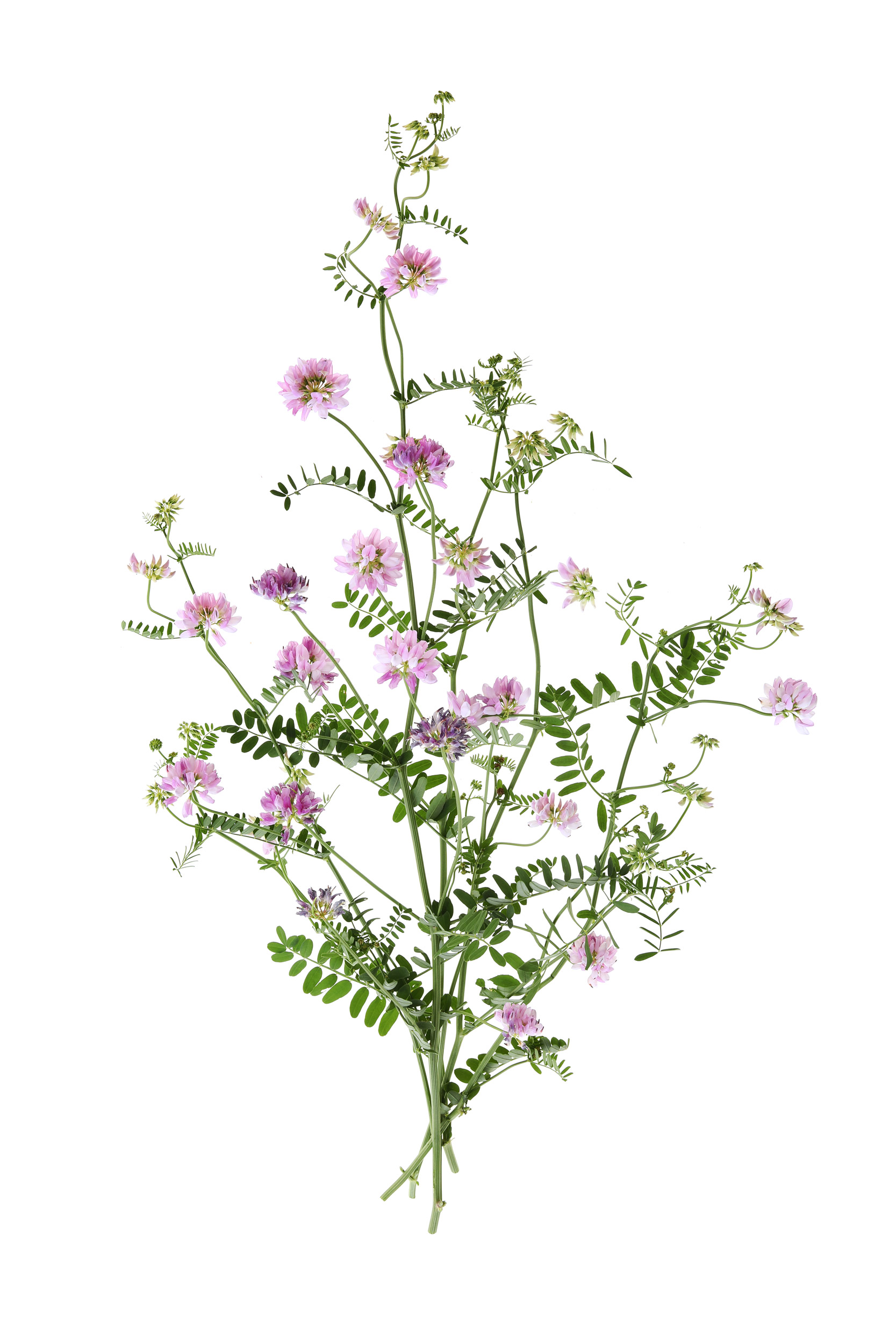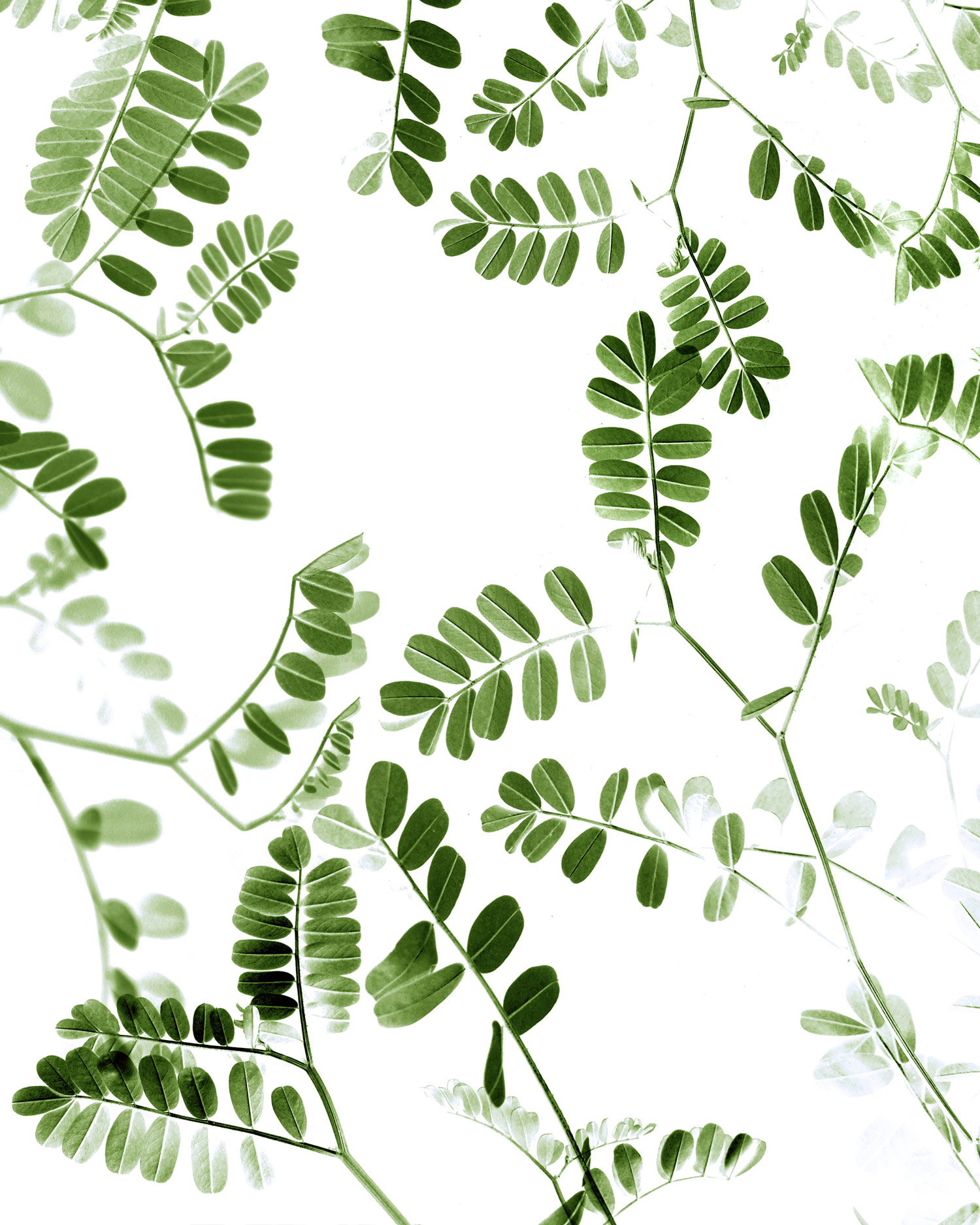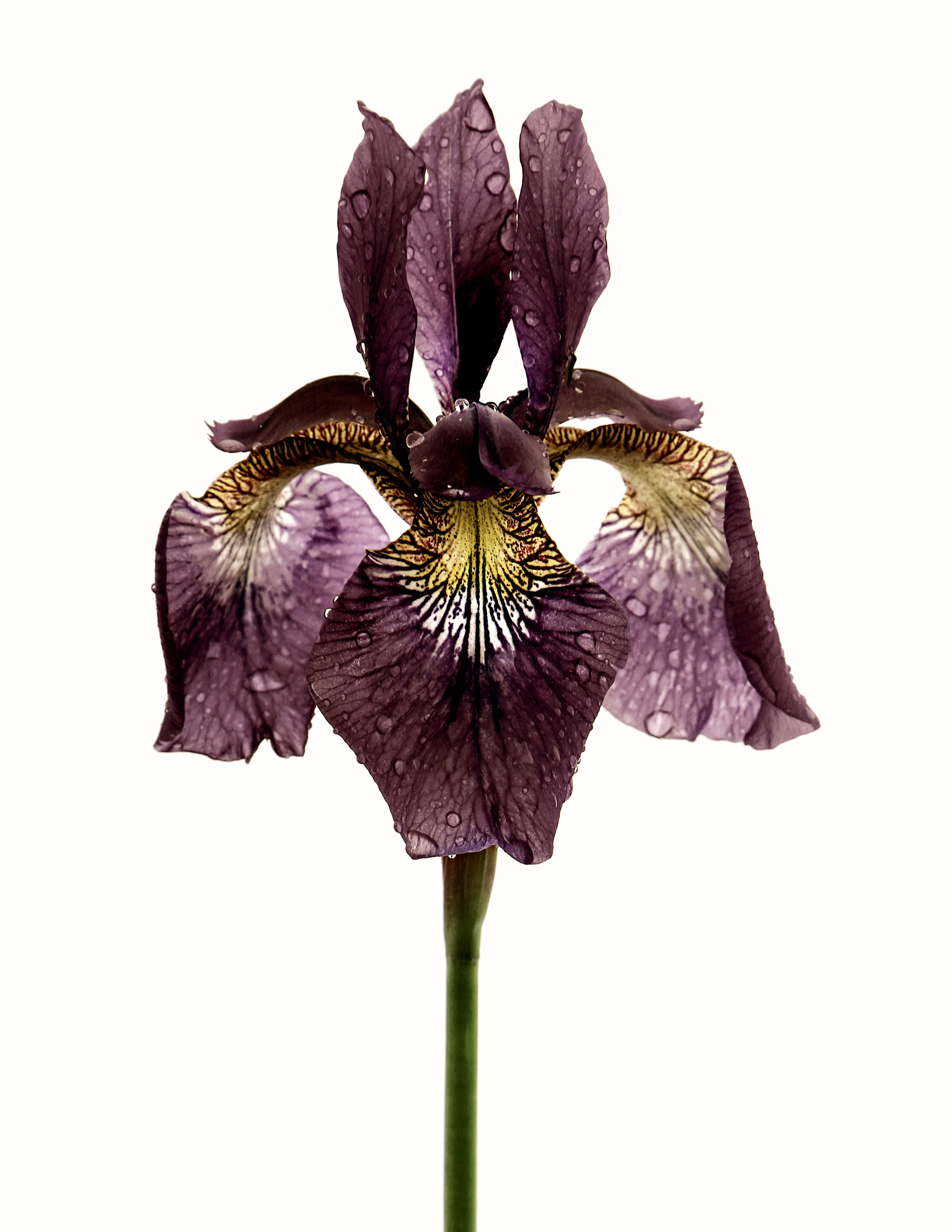
contradictory truths
our roadsides are mounds of pink vetch at the moment. at first i thought it was clover, but when i pulled over to grab a handful for STILL today, i quickly realized my mistake. (yes, it’s time for bifocals.) so a little wiki research, and i find out that crownvetch is considered a toxic invasive species in the midwest. hmm. i am not sure what to do with that info. because i love vetch. i love its symmetrical compound leaves, its delicate pea-family vine-and-tendril tips, and it’s abundance of pink blossoms. another case of having to hold two contradictory truths simultaneously: crownvetch stabilizes and beautifies our roadsides, and is a toxic invasive that tends to crown out native plants. life’s a bitch.
crownvetch (Securigera varia)

wowza
dang,…i am having a hard time keeping up this year as we slide into summer solstice. a late start, lots of rain, and now high heat. all the natural world is responding with abundance and fertility.
wild blue flag iris

an ugly name for a beautiful plant
most mornings i go visit my mom. she’s 86 years old, and lives about three miles from me. i can take one of three different routes to her house. i choose the route that skirts along snail lake because it’s the prettiest. yesterday, at snail lake park, i noticed the very first sign of cow vetch blooming on the roadside–just a handful of purple blossoms. today there were thousands. after ten years of STILL this kind of synchronized abundance shouldn’t surprise me. but it still does. i’m sure you will see more vetch in the coming days…but, as with the locust, it’s the leaves that make me smile most.
cow vetch leaves

molting season
we have a pair of sandhill cranes who have taken up residence in our cattails this summer. we watched their courtship dance all may, and sure enough, by late may we found their nest with two eggs in it. incubation takes four week. so we sit with bated breath to see if the parents can ignore the daily disturbances on our busy suburban lake long enough to incubate the eggs. our pair is young. juveniles. we know this because of the rusty brown feathers that will eventually turn ashen in adulthood. this adventurous pair has a lot on their plate. in addition to protecting the nest, and incubating the eggs, it is also their annual molting season. i have found six wing feathers, each over a foot long, in our yard already. i feel grateful to have them these cranes in our yard. they have brought us immense joy and it brings me pleasure to know they found safety and refuge in our little corner of the world. and should we find a colt or two (yes, the babes are called colts!) in our yard in a couple weeks, i will be over the moon.
sandhill crane feathers (A. c. canadensis)

interdependence
everywhere i look right now irises are blooming. i never noticed so many as i have this year. not sure if our delayed spring is squishing a typically more lengthy iris season in a few short weeks. in any case, it’s beautiful and it let’s us appreciate the enormous variety of iris colors. see those yellow and white markings? think of them as runway lights for pollinating insects. i love the way flowers have co-evolved with the pollinators they need to reproduce. in nature, we think interdependence is natural, ingenious, beautiful even. why did we humans move away from this kind of interdependence with nature and with each other?
iris flower with rain drops
-
Wow, MJ! I’ve grown a lot of irises over the years, but I’ve never come across this almost black one. It’s gorgeous.
reply


